
Non-Vascular Plants, Vegetation Around Las Vegas
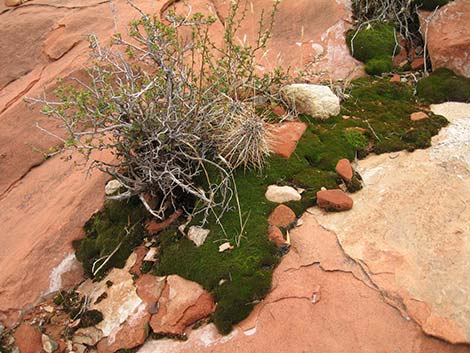 |
Mosses are low-growing plants that form mats and spread across suitable substrates in damp or shady places. Mosses do not have vascular systems, and they do not reproduce with flowers or seeds. Mosses often are usually green and lush when living in damp areas or after rains, but otherwise they dry up to a brown, crusty material. Mosses are only distantly related to typical plants. Mosses are non-vascular plants, which means they do not have a vascular system for transporting water and nutrients. This limits them to growing close to the ground or on other surfaces. |
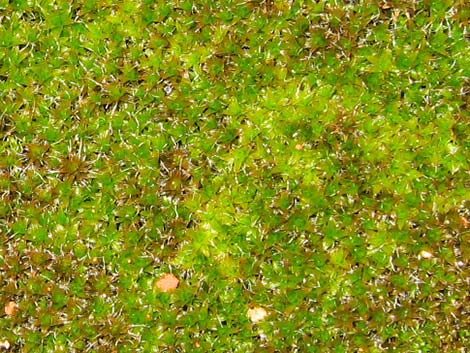 |
The moss life cycle is interesting and opposite from that of higher plants and animals. Mosses reproduce via spores; they do not produce flowers or seeds. "Adult" mosses are haploid, meaning that they have one set of chromosomes. "Adult" mosses produce sporophytes, with are diploid and short lived. In contrast, in the life cycle of higher plants and animals, the adults are diploid, and we reproduce using short-lived haploid gametes (e.g., haploid pollen and ovules unite to form diploid seeds). |
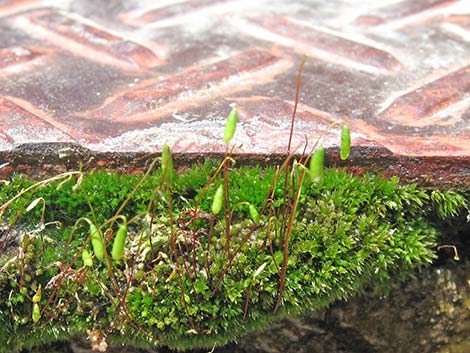 |
We usually think of mosses as living in humid places such as rain forests in the Pacific northwest, but many species occur in the deserts around Las Vegas. Most are restricted to moist areas such as along streams in deep canyons, but others occur on desert slopes. On dry desert slopes, they tend to occur on relatively shady north-facing and north-east facing aspect. Yet others seem to push the limits of moss life by growing on rock faces and even on gypsum soils. |
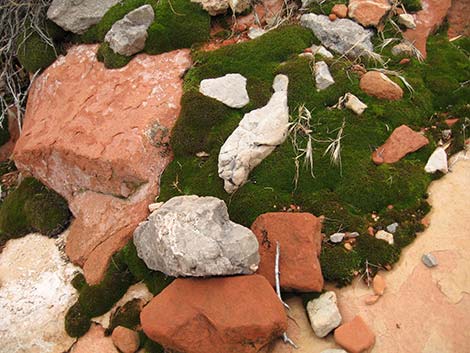 |
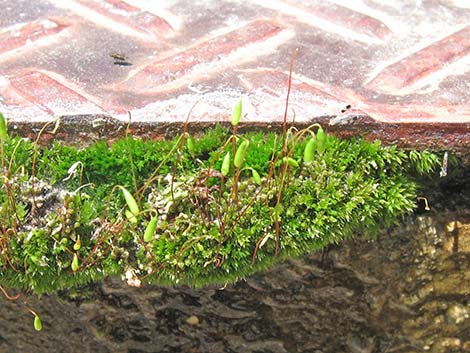 |
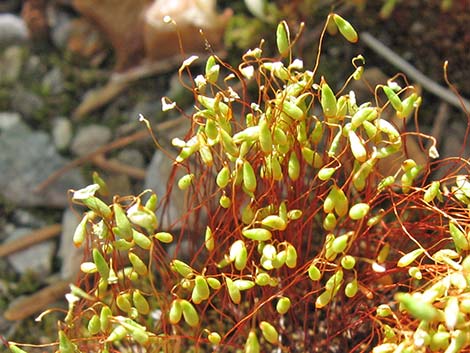 |
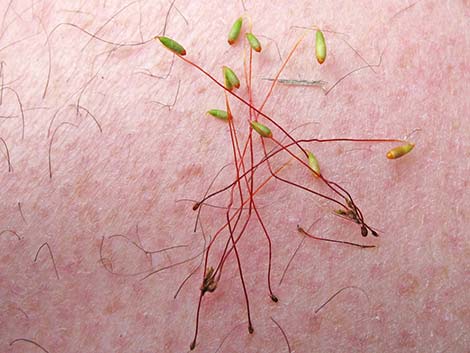 |
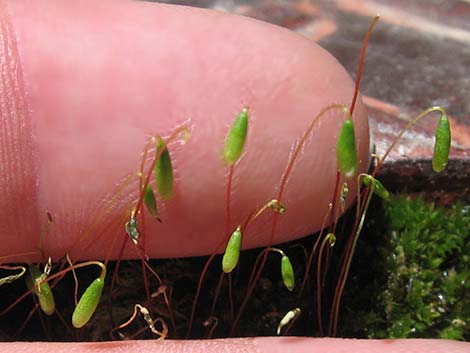 Moss sex |
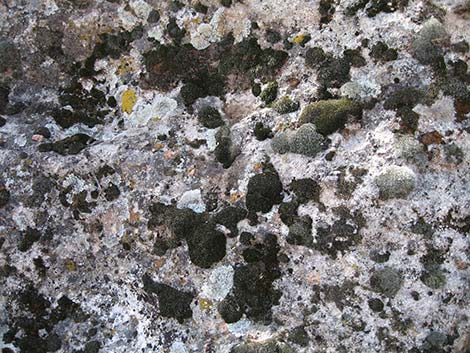 Moss growing on bare rock (northeast-facing) |
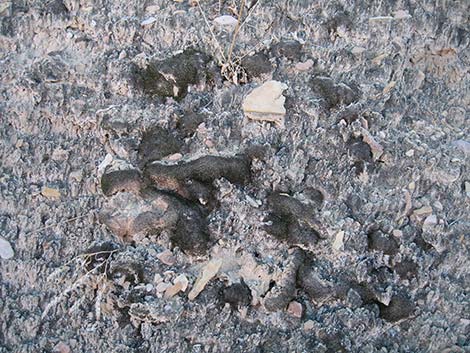 Moss (dark gray) growing on gypsum soil (north-facing) |
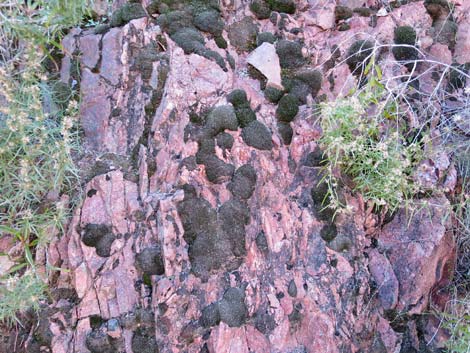 Moss on wild ancient rock in the bottom of the Grand Canyon |
Note: All distances, elevations, and other facts are approximate. Names generally follow the USDA database.
![]() ; Last updated 211230
; Last updated 211230
| All Non-Vascular | Plant Species Index | Glossary | Copyright, Conditions, Disclaimer | Home |